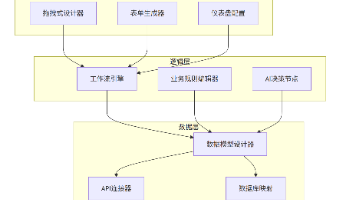oracle存储过程游标变量,游标所要查询的表名是变量 oracle 存储过程 ref cursor
Declaring REF CURSOR Types and Cursor VariablesTo create cursor variables, you define a REF CURSOR type, then declare cursor variables of that type. You can define REF CURSOR types in any PL/SQL block
Declaring REF CURSOR Types and Cursor Variables
To create cursor variables, you define a REF CURSOR type, then declare cursor variables of that type. You can define REF CURSOR types in any PL/SQL block, subprogram, or package. In the following example, you declare a REF CURSOR type that represents a result set from the DEPARTMENTS table:
DECLARE
TYPE DeptCurTyp IS REF CURSOR RETURN departments%ROWTYPE;
REF CURSOR types can be strong (with a return type) or weak (with no return type). Strong REF CURSOR types are less error prone because the PL/SQL compiler lets you associate a strongly typed cursor variable only with queries that return the right set of columns. Weak REF CURSOR types are more flexible because the compiler lets you associate a weakly typed cursor variable with any query. Because there is no type checking with a weak REF CURSOR, all such types are interchangeable. Instead of creating a new type, you can use the predefined type SYS_REFCURSOR.
Once you define a REF CURSOR type, you can declare cursor variables of that type in any PL/SQL block or subprogram.
----------------------------------------------------------------
An example:
create or replace procedure cal(tb varchar2) is
id pls_integer;
total pls_integer := 0;
type emp_cur is ref cursor;
cur emp_cur;
begin
open cur for 'select employee_id from ' || tb;
loop
fetch cur into id;
exit when cur%notfound;
total := total + id;
end loop;
close cur;
dbms_output.put_line(total) ;
end ;
更多推荐
 已为社区贡献1条内容
已为社区贡献1条内容









所有评论(0)